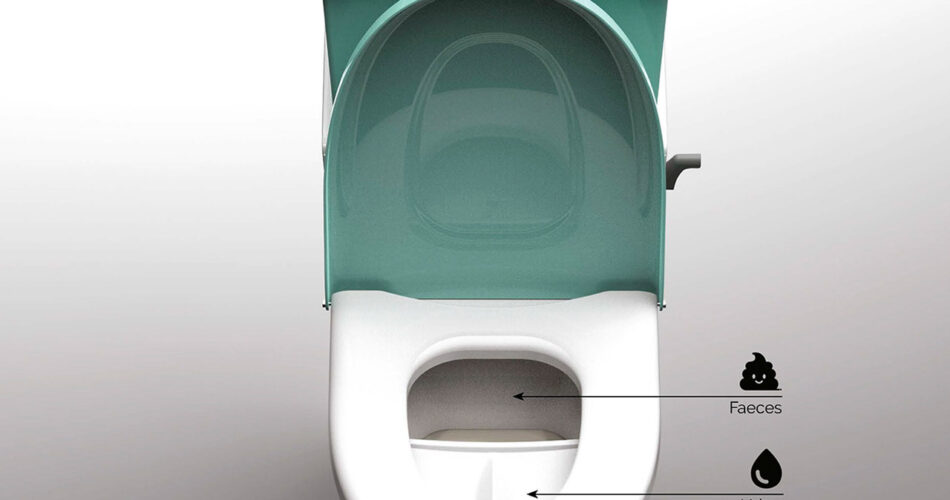A new concept of toilet to help countries with sanitation problems
The problem of defecation is still a problem in many parts of the world where sanitation cannot be implemented. To try to solve the problem, Archie Read, a designer from Brunel University, conceived a new sustainable toilet that doesn’t need water or electricity to work.
The idea came while he was working for LooWatt, a toilet company that collects waste in a biodegradable polymer film.
Sandi, the name of his new toilet, unlike similar off-grid toilets, can flush and it features 3 main components: a mechanical flush (for situations without electricity), a basic conveyor belt to move the excreta away (in case of no water supply), and a divider placed inside the toilet bowl which separates pee and poop so that they can be repurposed as fertilizers.
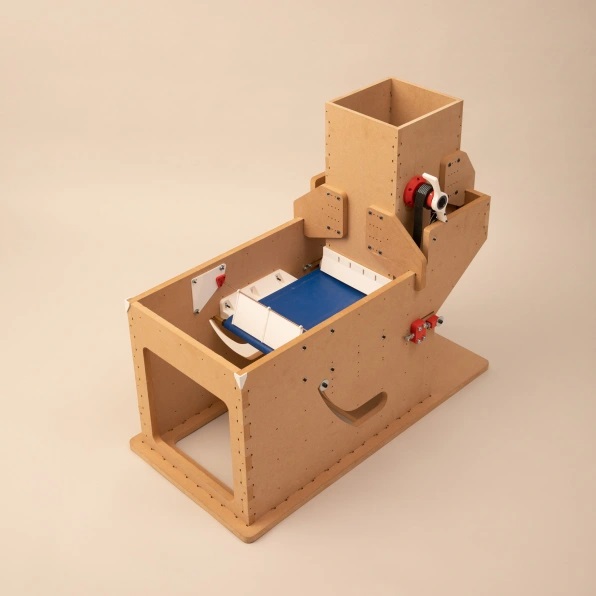
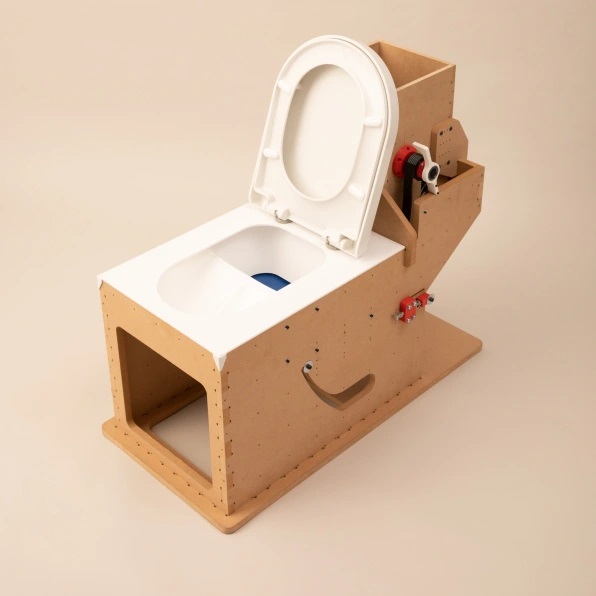
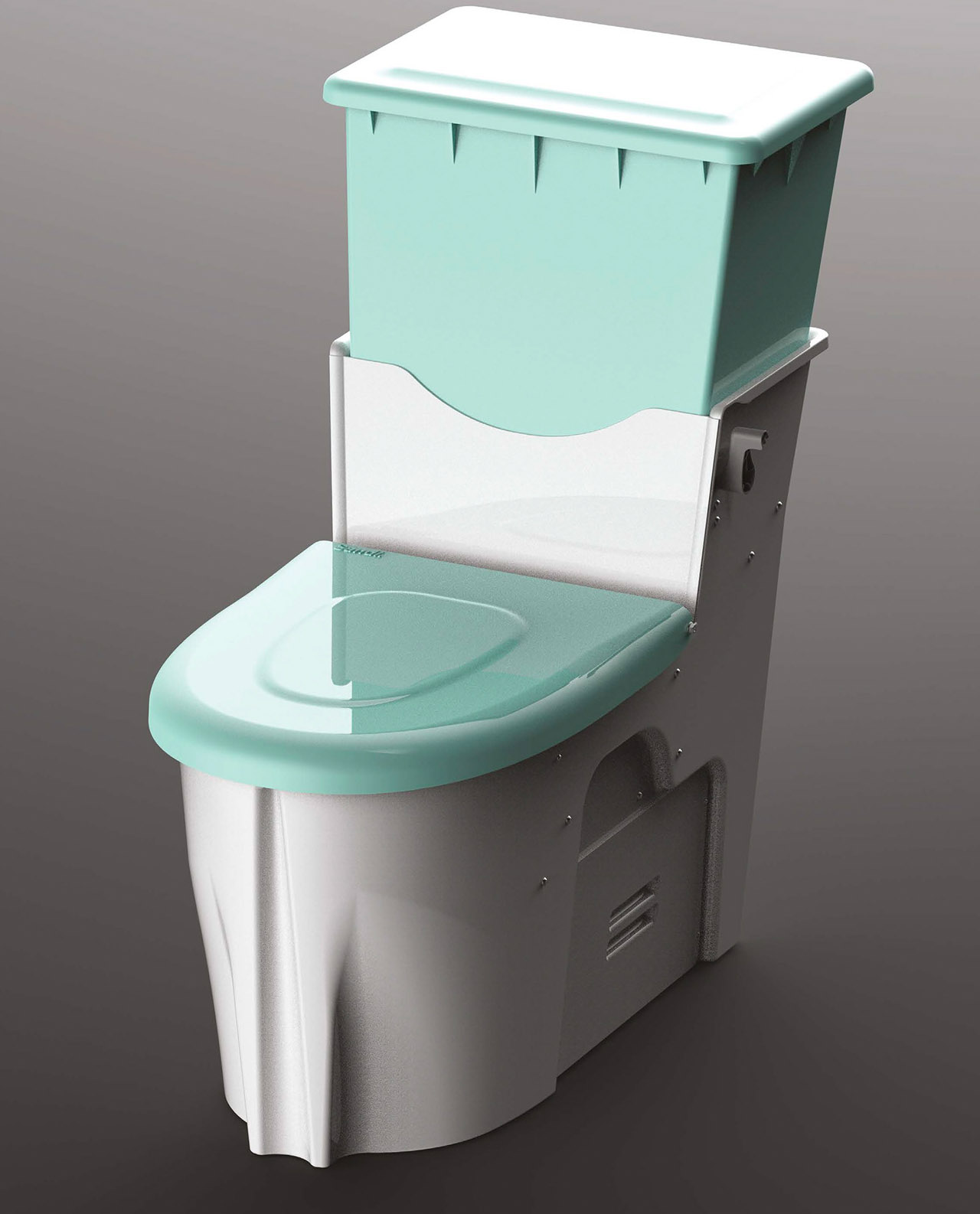

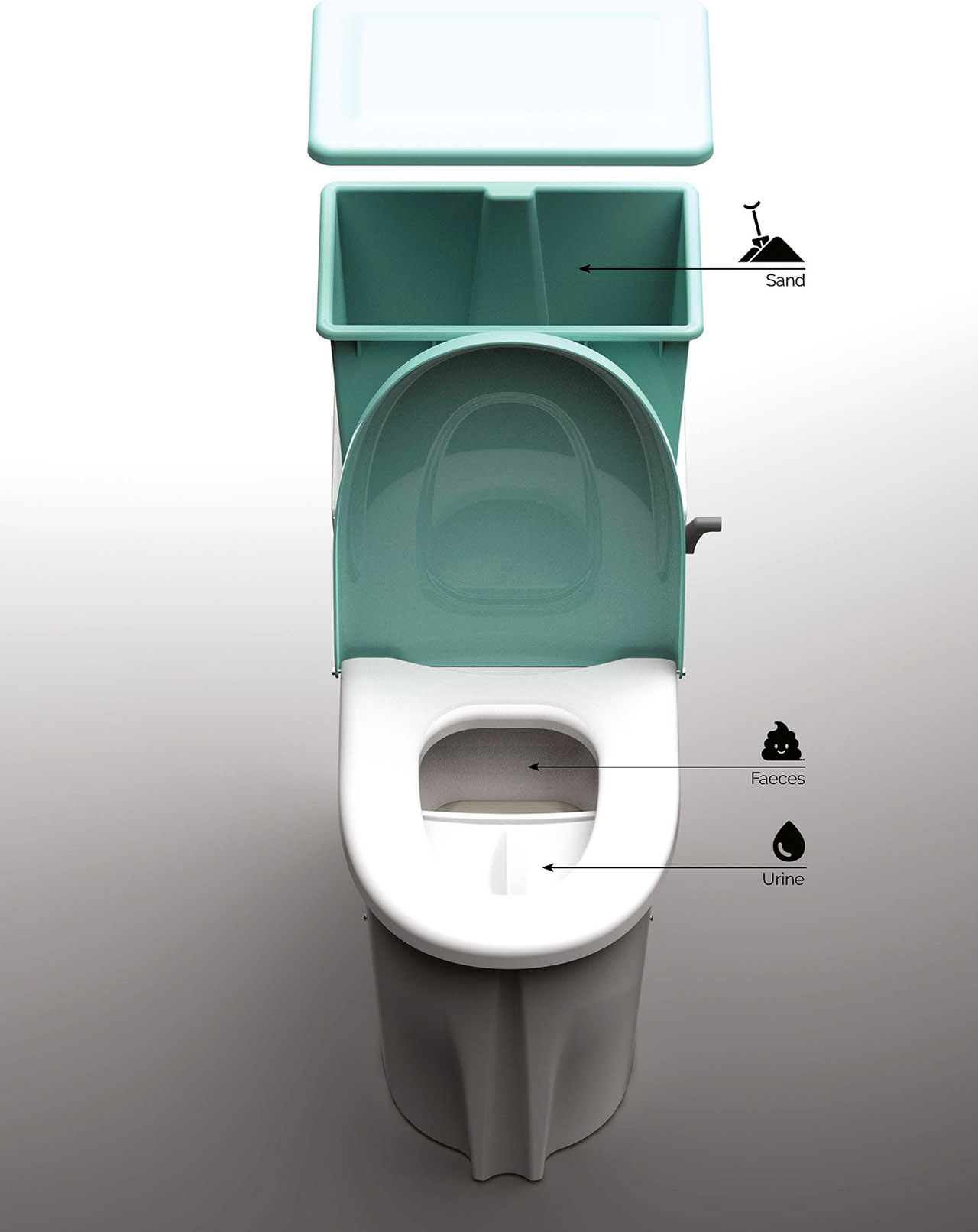
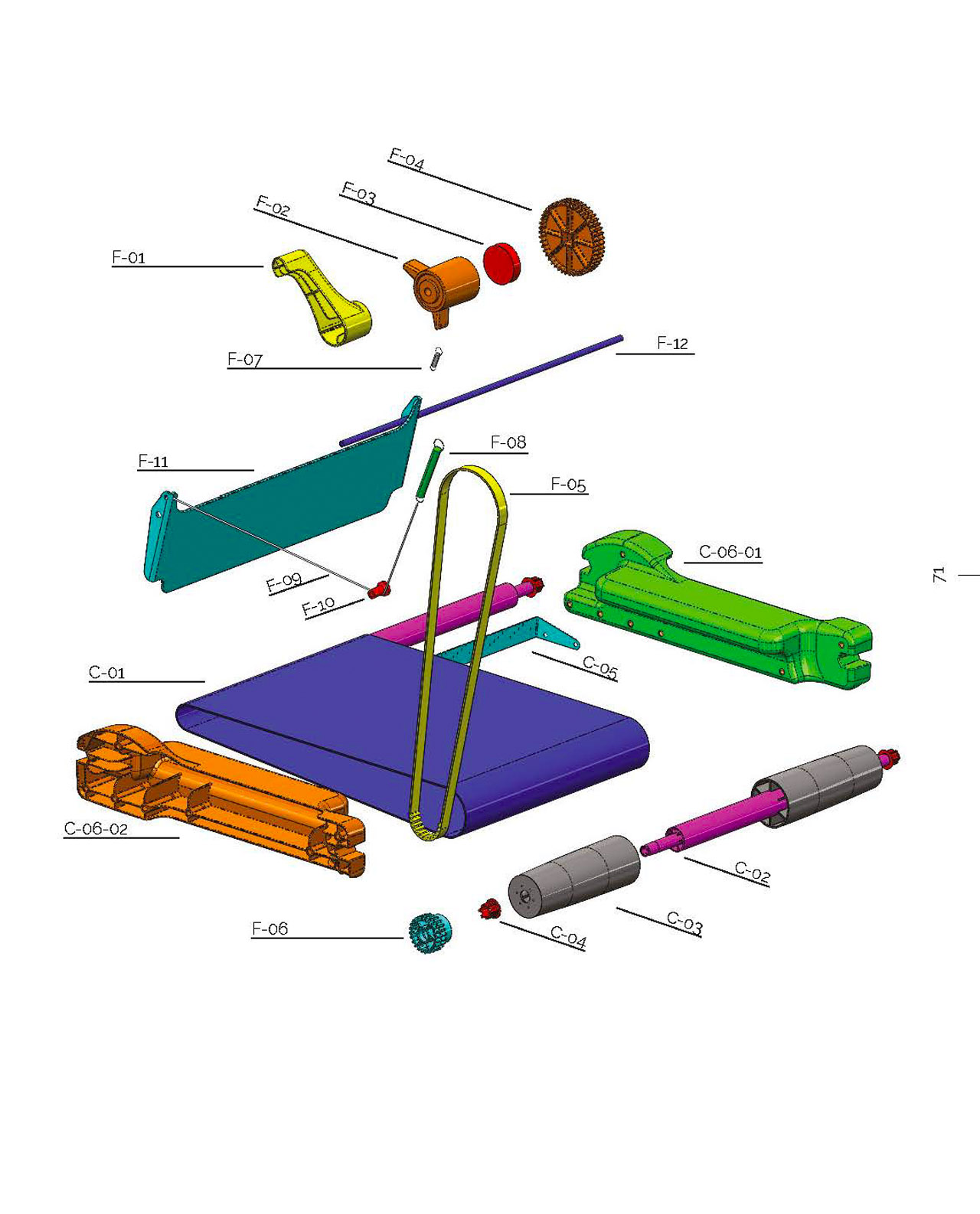
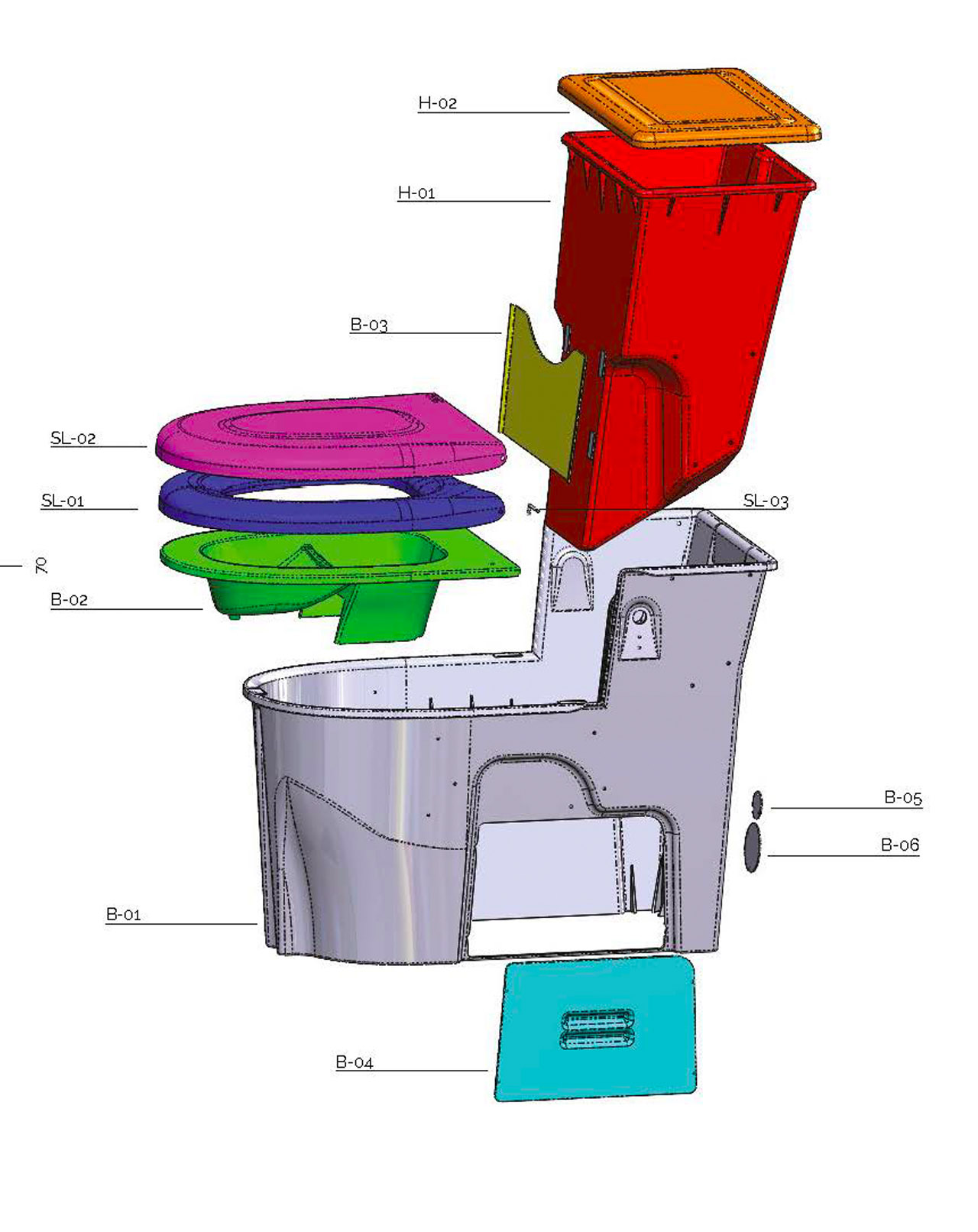
It also includes two distinct compartments: one sends the pee into a container that is placed below, while the other has a straightforward conveyor belt that is covered with a thin layer of sand (hence the name) that is replenished with each flush.
Although Read suggests that sawdust or dirt would also work well, he chose sand because it assures that the feces do not stick to the belt.
Then when you simply press the flush handle, which instantly rotates and moves the conveyor belt away, feces are discarded into the container below.
The process is decentralized since the wastes being separated means there is no contamination. The extensive tests that Read carried out were successful, but he disclosed that one thing still needs some fine-tuning.
“The hatch door would not open up completely, and so it had residue left behind. This seems to be caused by the weight of the spring not allowing it to fully close”, he writes.
Read used the Total Design design process, which focuses on six key components, including user needs and problems, product design specifications, conceptual design, design details, manufacturing processes, and sales after production. Before focusing on making Read’s toilet work, he concentrated on the seat and lid, body, flush system, and storage when designing the toilet.
In the future, Read imagine Sandi being sold for 72 USD a unit with zero operating costs since it requires little or no construction or digging. The toilet only has to be fixed to the floor and filled with flushing material before it can be used. Additionally, Sandi has a minimum capacity of 30 liters for liquid waste and 20 liters for solid waste.
“A household of seven would have to empty it once every ten days”, writes Read.
On the other hand, Read notes that one of the main issues currently is that the cost of manufacturing his invention is four times more than it ought to be. In addition to working with engineers and designers to undertake more comprehensive testing, service, and assembling processes to verify the product’s quality and viability, he intends to partner with huge organizations to support his sanitation initiative.
